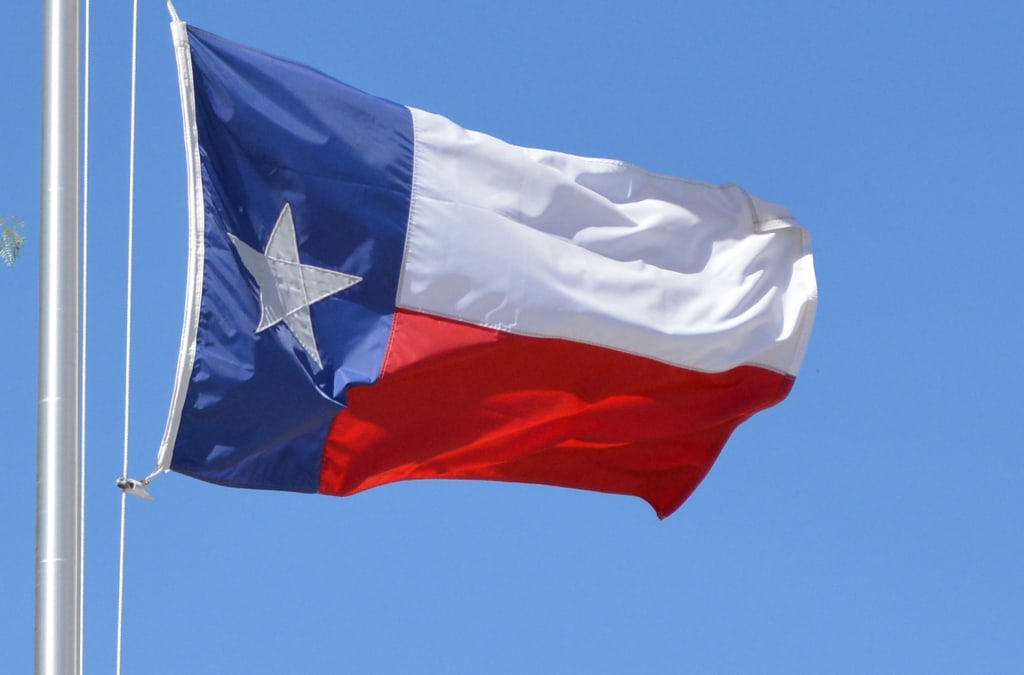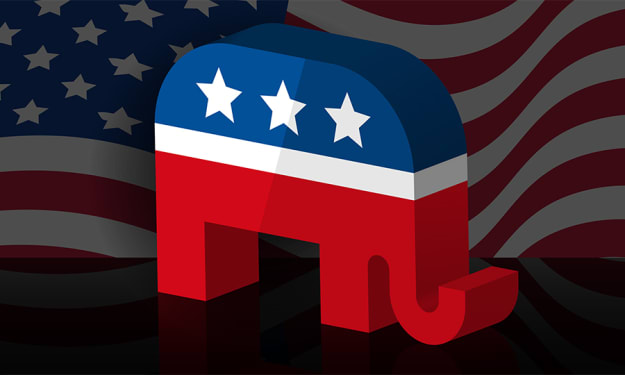We're Over Coronavirus
Will the lockdown states explode?

My 94-year-old mother can't get the vaccine. At least a dozen residents at her facility have become infected and around half died. The facility she lives in was working in good faith to get on-site vaccination for their residents, but they couldn't get it done. It turns out that an "Active Living Facility" isn't prioritized like a "Nursing Home" or an "Assisted Living Facility," notwithstanding that a large number of septuagenarians and octagenarians that live there receive living assistance. My mom is now on the county waiting list.
A family friend is in the ICU. He gets better and he gets worse. We're not particularly close, but we say prayers and hope for his recovery. We know other people who have had close relatives pass from COVID-19.
And yet…
Life goes on. Life in Texas isn't quite normal yet, but it's getting there. White-collar workers still telecommute and may never go back. Most restaurants are open; diners do perfunctory masking as they enter and go to their table, but there's not much distancing anymore. Half the staff wears their masks under their noses.
Bars have added food menus. Strip clubs have added food menus. Schools are open, as are gun ranges, nail salons, gyms, and almost every other kind of establishment. Our lockdown period last April seems like a million years ago. Our old activities aren't as much fun, but Texas is getting by.
Politicization of Isolation
Back in the heady, exciting early days of the pandemic, the country banded together to "flatten the curve." Charts flew around social media and it seemed like everyone in the country knew that we needed to stop exponential spreading. Primarily, we wanted to prevent the collapse of health care systems so that a 2 percent mortality rate didn't skyrocket to ten percent. We all knew some large number of people would eventually get it, but our secondary objective was still to eliminate as many infections as possible.
The country largely succeeded in preventing the collapse of the medical system. Medical professionals paid a price and became new national heroes, but catastrophe was averted. The country moved past the media frenzy about ventilators. Hastily erected hospitals went empty.
Along came summer, and states began to reopen. Predictably, the narrative broke on political lines. Trump wanted to reopen the country, and Trump's opponents automatically opposed it. A Daily Beast headline called Trump supporters "…A Literal Death Cult." Liberal superstar Beto O'Roarke called the entire GOP "a death cult." Stacy Abrams, who still hasn't conceded that she lost her election, called Georgia governor Brian Kemp's reopening plans "dangerously incompetent."
Positions hardened. On one side were most red states, Trump supporters, and conservatives who wanted to trade higher risks for economic recovery. On the other side, the loyal opposition pursued a safety-focused strategy that prioritized reduced infection risk. Like everything associated with President Trump, the argument then moved into a post-science, post-data phase.
Conservative pundits argue that liberal leaders want the pandemic to go on forever because they like having control. They are all tiny dictators at heart, unlike the conservative elites who are in it for the common man. Liberal news outlets characterize the conservative elites as interested only in money and willing to sacrifice the poor to disease in order to make political points. In reality, the polarization probably stemmed more from the grip of tribalism on our politics, our reflexive 'othering' of our fellow citizens who see things differently.
The Pandemic Has No Clothes
Nearly a year later, with benefit of hindsight, blue-state citizens scratch their heads and wonder. Our national effort to flatten the curve and prevent health-care collapse succeeded, but efforts to reduce overall infections don't seem to have panned out. The results in restrictive states like California, where only the elites can dine at the French Laundry or get their hair done in San Francisco, don't seem much different than the end results in Texas.
Deaths per million in New Jersey, New York, and Massachusetts are some of the highest in the country at above 2,300. Texas, Florida, and Georgia deaths sit between 1,400–1,600 per million. California is doing mildly better at around 1,250 per million but certainly hasn't hit a home run.
Lockdowns surely save some lives, but they have costs. Children don't go to school. Virtual school is sort-of OK for middle and upper-class kids, but how about kids from poor families whose parents have low-paid essential worker jobs they need just to make the rent? Who's hurting the most? Probably not Gavin Newsom's kids, who have returned to their private school.
Small businesses have been crushed. Restaurants have laid off waitstaff or closed. Tourism-dependent states are sinking. The numbers bear this out; December unemployment numbers showed Hawaii at 9.3 percent, with Nevada close behind at 9.2 percent. California, Colorado, and New York round out the bottom five at 9.0, 8.4, and 8.2 percent. In contrast, Texas, Florida, and Georgia unemployment in December came in at 7.2, 6.1, and 5.6 percent.
The Reckoning
Americans in more restrictive states are becoming restless. They look at neighbors who resumed most economic activity and wonder why they can't. In one bizarre twist, the city of San Francisco has actually sued the school district in order to force reopening. Gavin Newsom faces recall, and Andrew Cuomo is, to say the least, embattled. Dissatisfaction with restrictions only fuels the fires.
Lockdown leaders have to find a politically palatable way to walk back from their more extreme measures. The reality is that WE WILL NEVER BE SAFE. Risk will never go to zero. Vaccines sharply reduce symptomatic infections and hospitalization, but there is little data about whether they prevent asymptomatic infections. There is some evidence that asymptomatic infections among those vaccinated shed fewer viruses, but those infected are still contagious.
So at what point, exactly, will it be 'safe' to go to the grocery store without a mask. When will it be 'safe' to eat in a restaurant? When will it be 'safe' for a first grader to go to school? Or 'safe' for a high school senior? Will my mother be 'safe' when she's vaccinated? She gets a flu shot every year, but she's not 'safe' from the flu.
The longer that the safety-first crowd holds out, the worse the political damage will be. The country has mostly numbed itself to the human carnage except when a loved one is in danger. Parents whose children are kept out of school get angry again every day. Business owners seeing their life's work slip away will never forgive. California and New York won't suddenly go Republican, but some Congressional districts in these states and elsewhere might flip in 2022. Democrats have zero extra House or Senate seats to lose.
So how much safety is safe enough? Texans have already decided.
Brian E. Wish works as a quality engineer in the aerospace industry. He has spent 29 years active and reserve in the US Air Force, where he holds the rank of Colonel. He has a bachelor's from the US Air Force Academy, a master's from Bowie State, and a Ph.D. in Public and Urban Administration from UT Arlington. The opinions expressed here are his own. Learn more at brianewish.com.





Comments
There are no comments for this story
Be the first to respond and start the conversation.